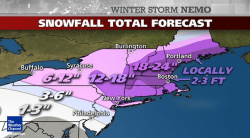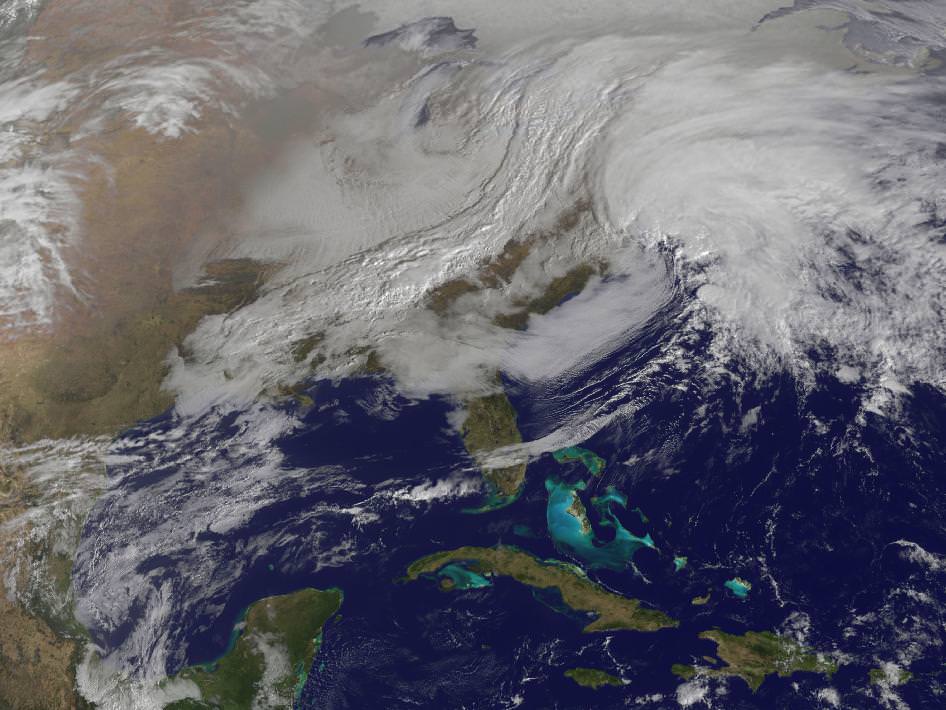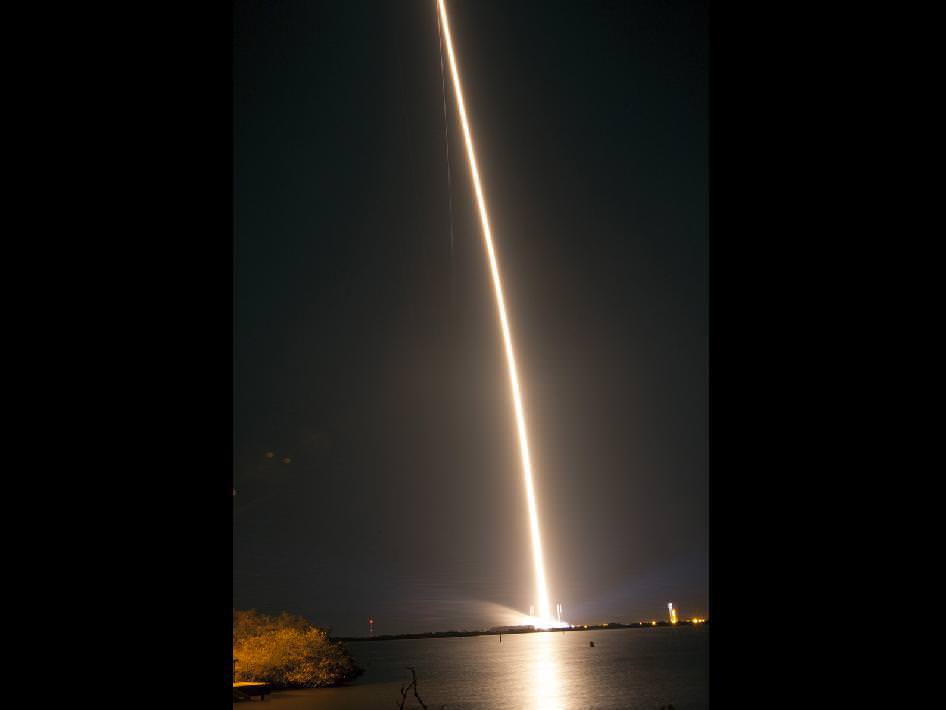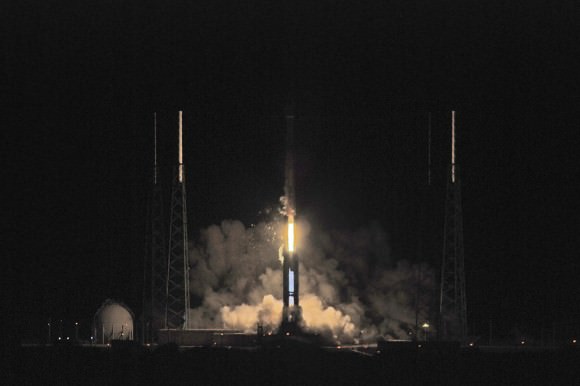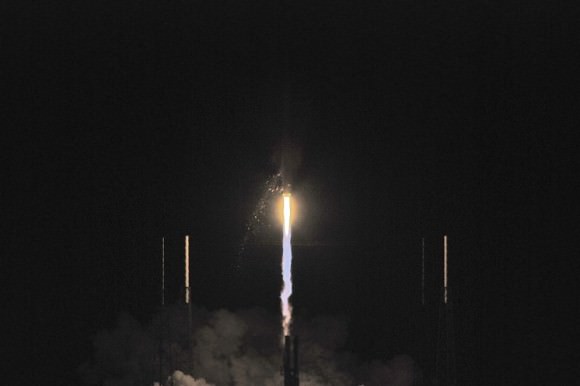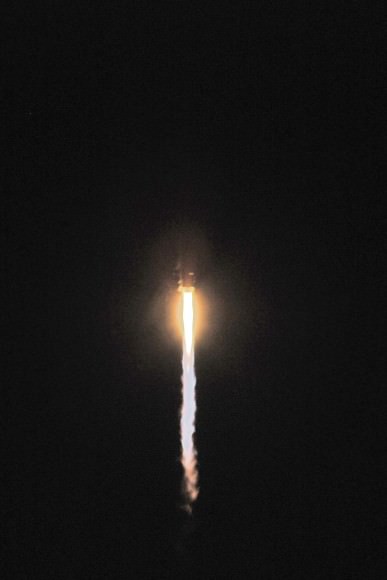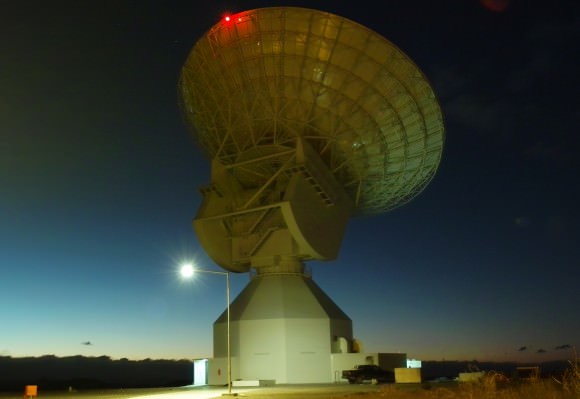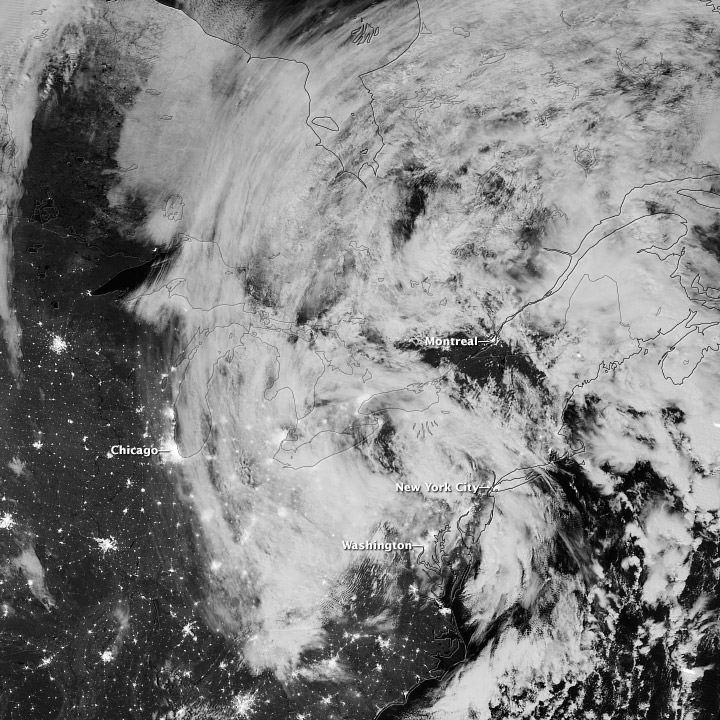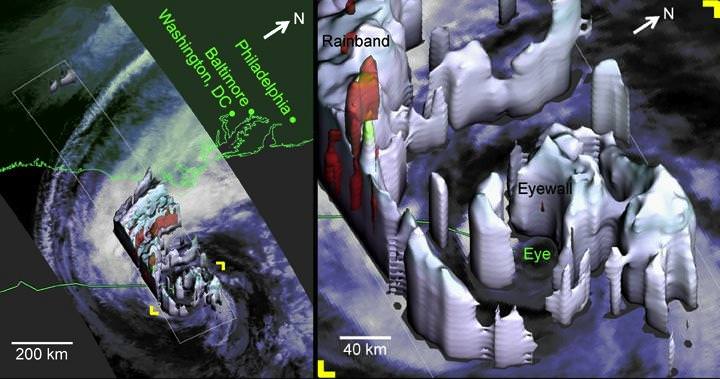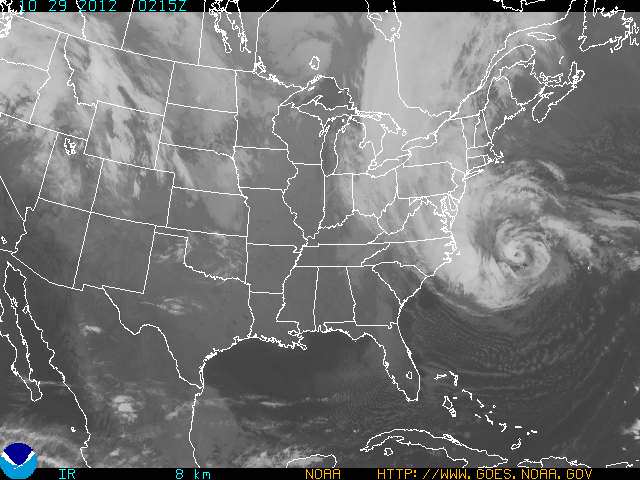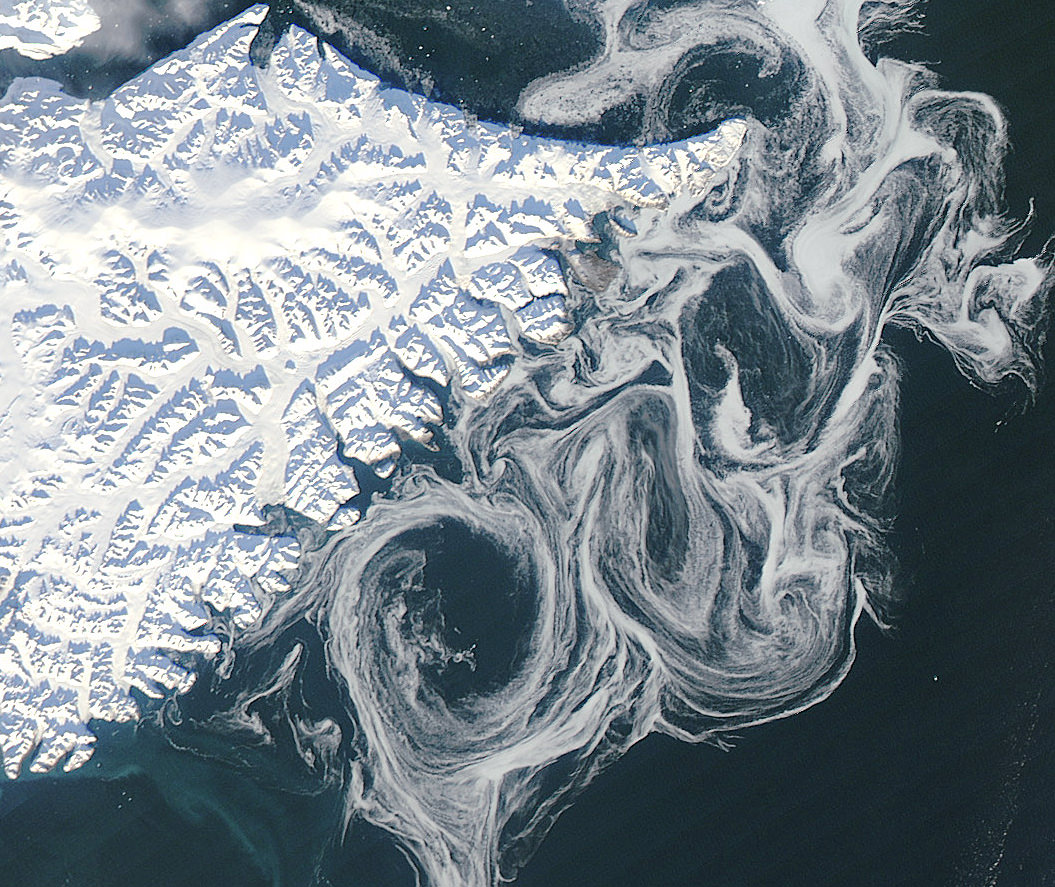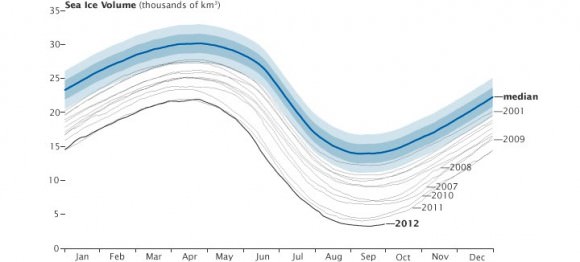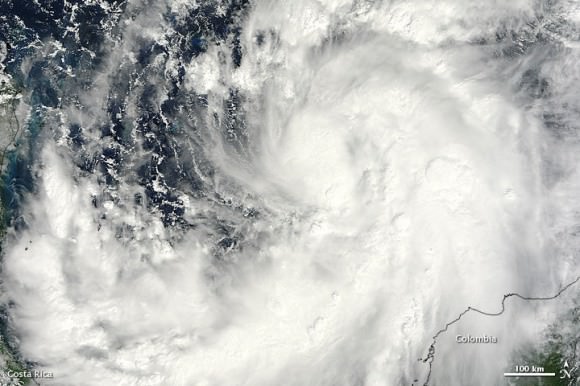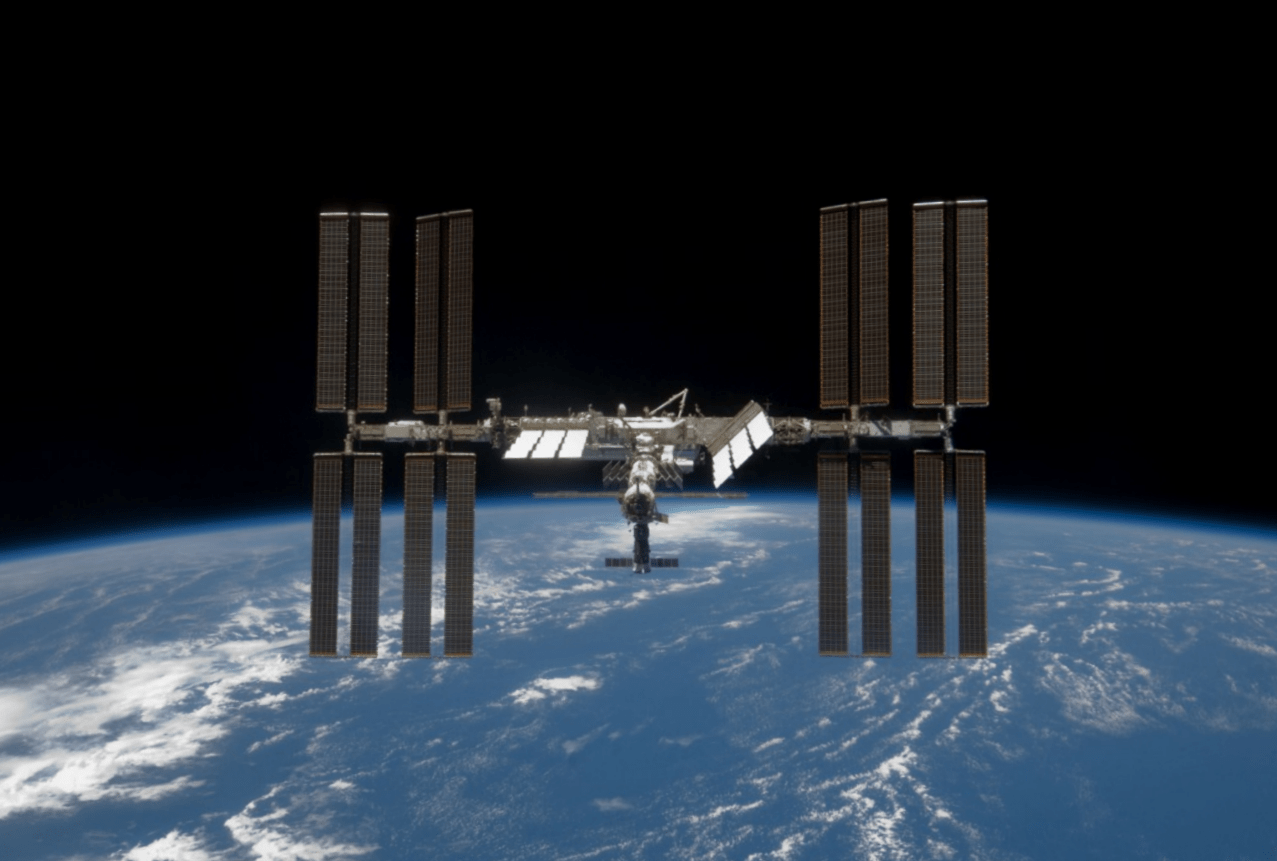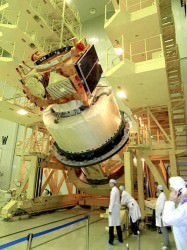Caption: ESA’s giant Malargüe tracking station Credits: ESA/S. Marti
To keep in contact with an ever growing armada of spacecraft ESA has developed a tracking station network called ESTRACK. This is a worldwide system of ground stations providing links between satellites in orbit and ESA’s Operations Control Centre (ESOC) located in Darmstadt, Germany. The core ESTRACK network comprises 10 stations in seven countries. Major construction has now been completed on the final piece of this cosmic jigsaw, one of the world’s most sophisticated satellite tracking stations at Malargüe, Argentina, 1000 km west of Buenos Aires.
ESA’s Core Network comprises 10 ESTRACK stations: Kourou (French Guiana), Maspalomas, Villafranca (Spain), Redu (Belgium), Santa Maria (Portugal), Kiruna (Sweden), Perth (Australia) which host 5.5-, 13-, 13.5- or 15-metre antennas. The new tracking station (DSA3) at Malargüe in Argentina, joins two other 35-metre deep-space antennas at New Norcia (DSA1) in Australia (completed in 2002) and Cebreros (DSA2) in Spain, (completed in 2005) to form the European Deep Space Network.
The essential task of ESTRACK stations is to communicate with missions, up-linking commands and down-linking scientific data and spacecraft status information. The tracking stations also gather radiometric data to tell mission controllers the location, trajectory and velocity of their spacecraft, to search for and acquire newly launched spacecraft, in addition to auto-tracking, frequency and timing control using atomic clocks and gathering atmospheric and weather data.
Deep-space missions can be over 2 million kilometres away from the Earth. Communicating at such distances requires highly accurate mechanical pointing and calibration systems. The 35m stations provide the improved range, radio technology and data rates required to send commands, receive data and perform radiometric measurements for current and next-generation exploratory missions such as Mars Express, Venus Express, Rosetta, Herschel, Planck, Gaia, BepiColombo, ExoMars, Solar Orbiter and Juice.
DSA3 is located at 1500m altitude in the clear Argentinian desert air, this and ultra-low-temperature amplifiers installed at the station, have meant that performance has exceeded expectations. The first test signals were received in June 2012 from Mars Express, over a distance of about 193 million km, proving that the station’s technology is ready for duty.
“Initial in-service testing with the Malargüe station shows excellent results.” “Our initial in-service testing with the Malargüe station shows excellent results,” says Roberto Maddè, ESA’s project manager for DSA 3 construction. “We have been able to quickly and accurately acquire signals from ESA and NASA spacecraft, and our station is performing better than specified.”
All three tracking stations are also equipped for radio science, which studies how matter, such as planetary atmospheres, affects the radio waves as they pass through. This can provide important information on the atmospheric composition of Mars, Venus or the Sun.
The tracking capability of all three ESA deep space stations also work in cooperation with partner agencies such as NASA and Japan’s JAXA, helping to boost science data return for all. The three Deep Space Antenna can be linked to the 7 stations comprising the Core Network as well as five other stations making up the larger Augmented Network and eleven additional stations that make up a global Cooperative Network with other space agencies from around the world.
Now that major construction is complete, teams are preparing DSA 3 for hand-over to operations, formal inauguration late this year and entry in routine service early in 2013.
Find out more about Malargüe and the Deep Space Antenna here and the other ESTRACK tracking stations here
